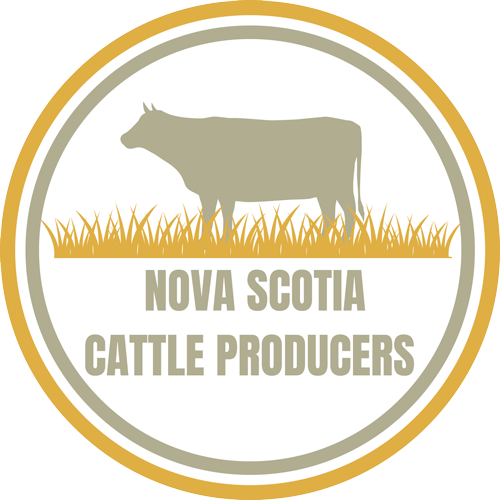Where is the Beef Code of Practice At?
The Code of Practice for Beef Cattle has been going through a renewal process for about two years now. This formal renewal is on top of internal work at the Canadian Cattlemen’s Association and Alberta Beef Producers. The Canadian cattle industry has had a Code of Practice for the Care and Handling of Beef Cattle since 1991. But the Code has not been updated since then. The Code is being updated in order to ensure the latest science is considered and to take into account all the changes that have occurred since 1991.
This update is taking place using the National Farm Animal Care Council (NFACC) process for updating or writing new Codes. Along with beef cattle, seven other species are updating or writing their Codes. Dairy’s Code was updated in 2009. The NFACC process helps to keep all of Canada’s Codes similar in several ways. The most important is in ensuring the people involved represent all the stakeholders in the industry. For the beef code this includes producers of different stages of production and from different parts of Canada, veterinarians, researchers, transporters, processors, animal welfare enforcement, animal welfare advocacy, provincial and federal governments. Retail and food service also are very interested in the process but do not have a representative on the committee.
As with the 1991 Code the new document will cover areas of cattle production that could have implications for cattle welfare. Right from choosing bulls (appropriate to the cows or heifers they will be breeding) to end of life decisions. The new Code stops at the farm gate whereas the old document went into auction market and transport scenarios. There is expected to be Codes for those areas of the value chain at a later date.
Later this year the Beef Code draft will be ready for public comment. This 60 day period will allow anyone to comment on the contents of the Code and read the Science Report that informed the Code drafting. The inclusion of a Science Report is a key step in the NFACC process to ensure current science relating to priority welfare issues is considered. After the public comment period the committee will consider the comments and make any final adjustments before the completed Code is released in spring of 2013.
The finished Code, as with the current Code will be used several ways. It is a reference tool for new and experienced producers. It is an extension tool used by industry to discuss production practices that impact cattle welfare. It is used by enforcement agencies as the industry expected standard. It also has potential to be used as the basis of an assessment program if customers are looking for that from their producers. This has not happened yet on a general level but some value chains do have welfare components for their producers to satisfy in order to be in their branded programs. The Code contents can also be used to show how cattle are raised in Canada to interested consumers and other customers.
Stay tuned for the upcoming public comment period. It is very important that as many producers as possible read through the draft and let the committee know of any concerns. Go to www.nfacc.ca/codes-of-practice for more information about the Codes process.
Code of Practice updates initiated from 2010 to 2013 are part of the project: Addressing Domestic and International Market Expectations Relative to Farm Animal Welfare – a project which is being funded by Agriculture and Agri-Food Canada through the Agricultural Flexibility Fund, as part of Canada’s Economic Action Plan.
